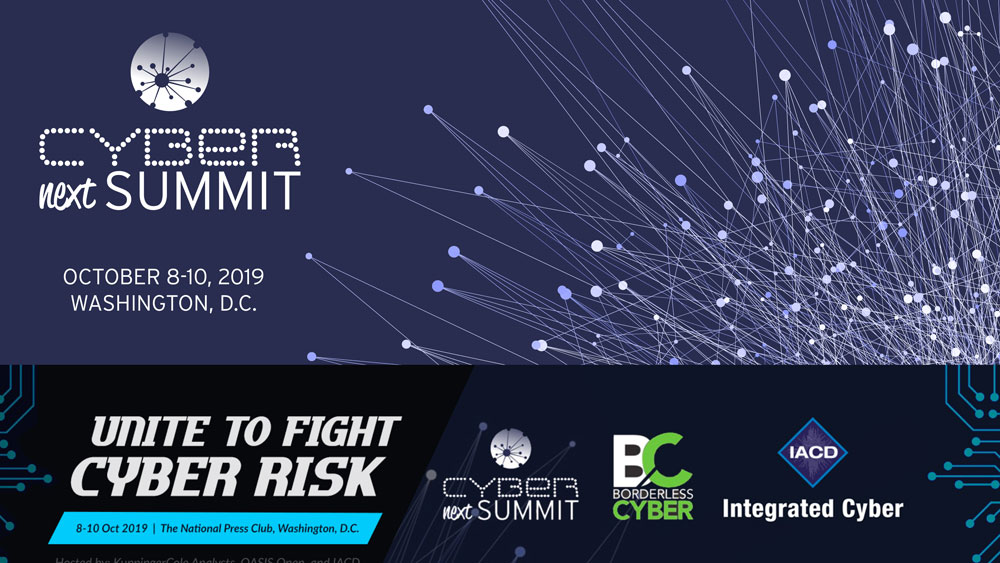#RSAC2019 is in the history books, and thanks to the expansion of the Moscone Center, there was ample space in the expo halls to house vendor booths more comfortably. In fact, there seemed to be a record number of exhibitors this year. As always, new IAM and cybersecurity products and services make their debut at RSAC.
Despite the extra room, it can be difficult for the security practitioner and executive to navigate the show floor. Some plan ahead and make maps of which booths to visit, others walk from aisle 100 to the end. It can take a good deal of time to peruse and discover what’s new. But most difficult of all it is digesting what we’ve seen and heard, considering it in a business context, and prioritizing possible improvement projects.
Security practitioners tend to hit the booths of vendors they have worked with, those with competing products, and others in their areas of specialty, including startups. For example, an identity architect will likely keep on walking past the “next gen” anti-malware and firewall booths but will stop at the booth offering a new identity proofing service. If a product does something novel or perhaps better than their current vendor’s product, they’ll know it and be open to it, even if it’s a small vendor and it means managing another product or service.
Executives gravitate toward the stack vendors in the front and middle, ignoring the startups on the sides and back. [It’s also increasingly likely execs will have meetings with specific vendors in the hotels surrounding Moscone, and not even set foot in the halls.] Why? IT execs and particularly CISOs are concerned with reducing complexity as well as securing the enterprise. A few stack vendors with consolidated functionality are easier to manage than dozens of point solutions.
Who is right? Well, it depends. Sometimes both, sometimes neither. It depends on knowing your cyber risk in relation to your business and understanding which technology enhancements will decrease your cyber risk and by approximately how much. Oftentimes practitioners and executives disagree on the cyber risk analysis and priorities set as a result.
Risk is conjunction of consequence and likelihood. At RSAC and other conferences we hear anecdotes of consequences and see products that reduce the likelihood and severity of those consequences. Executives and practitioners alike have to ask, “are the threats addressed by product X something we realistically face?”. If not, implementing it won’t reduce your cyber risk. Or, if there are two or more similar products, which one offers the most possible risk reduction?
The biggest risk is that the decision-makers don’t truly understand the threats and risks they face. There are cases where SMBs have built defenses against zero-day APTs that will never come their way yet have neglected to automate patch management or user de-provisioning. In other cases, a few big enterprises have naively dismissed the possibility that they could be the target of corporate or foreign state espionage and failed to protect against such attacks.
The riskiest time for organizations is the period when executive leadership changes and for 12-18 months afterward, or even longer. If an organization brings in a CIO or CISO from a different industry, it takes time for the person to learn the lay of the land and the unique challenges in which that organization operates. Long-held strategies and roadmaps get re-evaluated and changed. Mid-level managers and practitioners may leave during this time. That org’s overall cybersecurity posture is weakened during the transition time. Adversaries know this too.
Risk is a difficult subject for humans to grasp. No one gets it right all the time. Risk involves processing probabilities, and our brains didn’t really evolve to do that well. For an excellent in-depth look at that subject, read Leonard Mlodinow’s book The Drunkard’s Walk.
External risk assessments and benchmarks can be good mechanisms to overcome these circumstances; such as when tech teams and management disagree on priorities, when one or more parties is unsure of the likelihood of threats and risks, and when executive leadership changes. Having an objective view from advisors experienced in your particular industry can facilitate the re-alignment of tactics and strategies that can reduce cyber and overall risk. For information on the types of assessments and benchmarking KuppingerCole offers, see our advisory offerings.












































